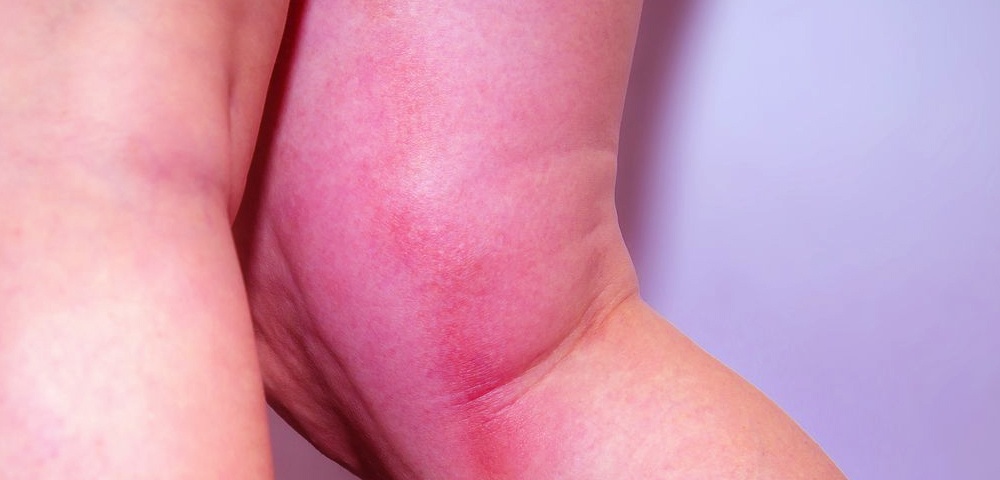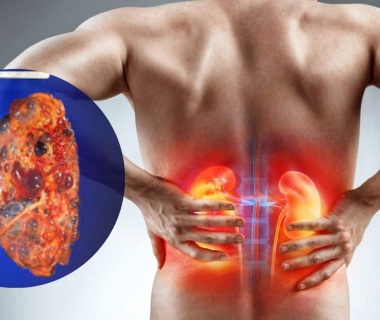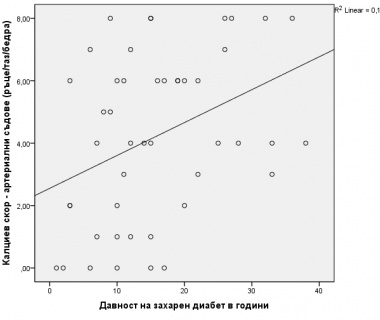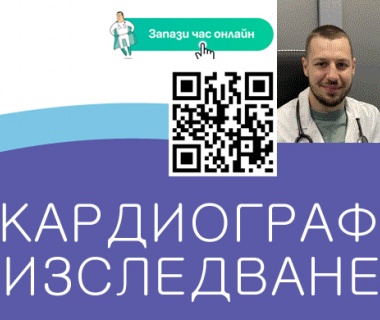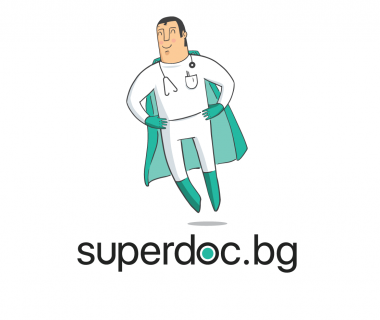Thrombophlebitis is a peripheral vascular disease in which inflammation of the venous walls leads to the formation of a thrombus (blood clot). Although it primarily affects the superficial veins, potential complications require timely medical intervention. While superficial thrombophlebitis is usually less risky, deep vein thrombosis poses a serious health threat.
Symptoms
Thrombophlebitis develops when inflammation of the venous walls leads to the formation of a blood clot. This process often begins as a result of trauma, infection, or venous insufficiency. The immediate proximity of superficial veins to the skin makes them more sensitive to external influences.
The main symptoms include:
-
Redness, swelling, and pain in the affected vein.
-
A hardening in the area of the vein, which intensifies with pressure or movement of the limb.
-
Localized warming and increased sensitivity of the skin.
Superficial thrombophlebitis is usually not serious, but it can cause significant discomfort and hinder the movement of the limb.
EXAMINATION HERE
Text in Bulgarian here:
https://www.alexandrahealth.eu/bg_BG/novini/tromboflebit-simptomi-lechenie-i-razlika-s-dulboka-venozna-tromboza-392.html


